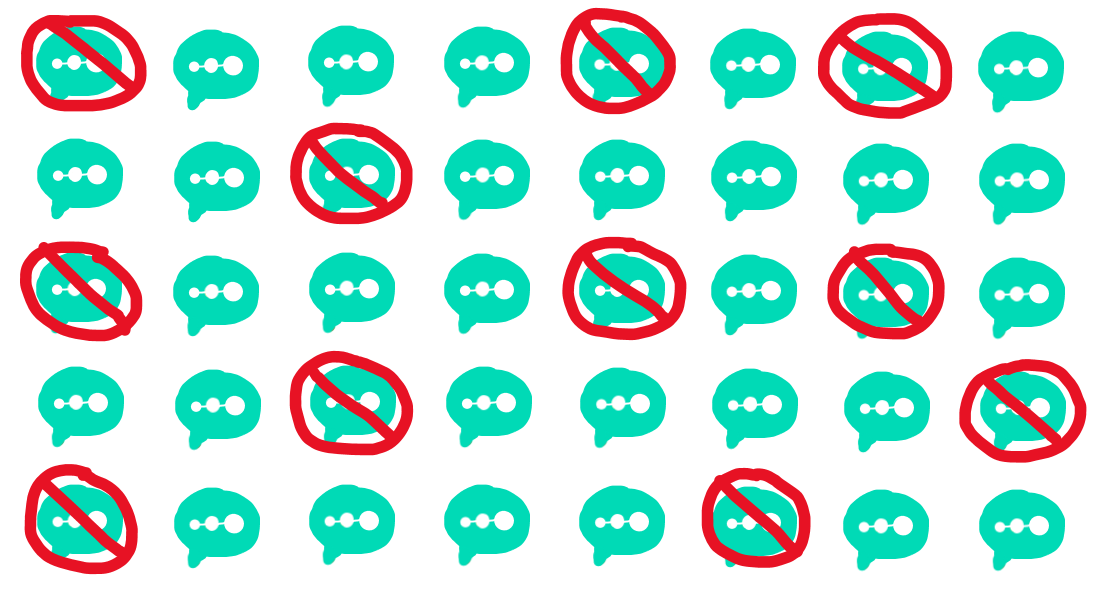“Honestly, it’s the most flawed, yet most important part of the school,” said one student when asked her opinion on the school’s communication platform, Pronto. The platform is the only school-wide, monitored form of communication that Stanford OHS has – it’s synonymous with an in-person school’s “hallways and common areas,” writes the newly appointed Student Life director Peter Demyanovich.
On Thursday, December 12, Mr. Demyanovich announced through email that the school had made the difficult decision to pause Pronto over winter break. In his email, Mr. Demyanovich shared that the “decision was not made lightly and… was carefully considered with the input from faculty, students, and families.” He continued, writing that “[t]here has been a near unanimous consensus that this will be a good thing for everyone.”
But despite the Student Life Team’s high hopes for a positive reception, many students reacted negatively to the pause.
“[T]o be honest,” says Dawn Zhu (‘27), “I’m not very certain that the Pronto ban [was] really beneficial for students.”
Many students shared that they felt cut off from their friends: “[the pause k]ind of just really halted my social life and interactions with probably about 5 students, which isn’t a lot in perspective, but to those students, they might not have all the other social platforms that I’m on, so they would have [had] a very lonely winter break,” says Karina Solodova (‘28).
“[S]ome people basically only have friends on Pronto,” Zhu adds. “I’m not saying that’s healthy, I’m just saying that it’s the case.”
Mr. Demyanovich hosted a Pronto listening session on January 10, and, during the session, students expressed concerns that a similar pause might happen over other school breaks and worried that such an event could completely halt their school friendships. Zhu shares that over the break, she and a fellow peer weren’t able to “talk much. And you know,” she adds “relationships can go down because of that.”
Other students disagreed with these negative opinions and shared that the pause was a needed breath of fresh air. Raya R. (‘28) says that she’s “heard a lot of people saying that they didn’t enjoy [the pause], but a lot of people are also saying that it was a good break from Pronto, which I agree with ’cause I’m on it way too much.”
Summar Laster (‘27) agreed with this sentiment and said that she enjoyed a break from the near-constant messages, although she did find that “there were times during my break where I wanted to share what I experienced with other schoolmates. But I knew that I had to wait.”
Mr. Demyanovich says, “My hope is that [the pause] was more helpful than harmful, and I think that in the lead up to the pause, there were a lot of emotions and a lot of feelings about what it would be like and my hope is that once it actually went into effect that the reality was much different than the perception going into it… everyone realized, oh, I’m not missing anything – there’s nothing happening over break, I don’t have to worry about it… That was my hope, and I recognize that there’s probably an outsized effect on certain individuals. But [I hope] that the majority of folks felt that way.”
Many students may wonder what prompted the pause, and the answer is very simple: an influx of callous and hurtful comments on Pronto. “I feel like what people are missing,” says one student who wished to remain anonymous, “is [that the pause was] not something that was specifically targeted at the majority. [A] lot of us were harassed,” she adds. “[and t]his is a strong word, but we were bullied a lot of times. There was a lot of hate… A high schooler spent about a month bad-mouthing me [in] anyway that they could – I cried maybe once every two days because of what was going on on Pronto.” She felt that the pause “was a step sideways. It wasn’t a step forward. It didn’t really do anything, but it did prevent things from getting worse.”


eevan • Feb 27, 2025 at 9:15 pm
hi